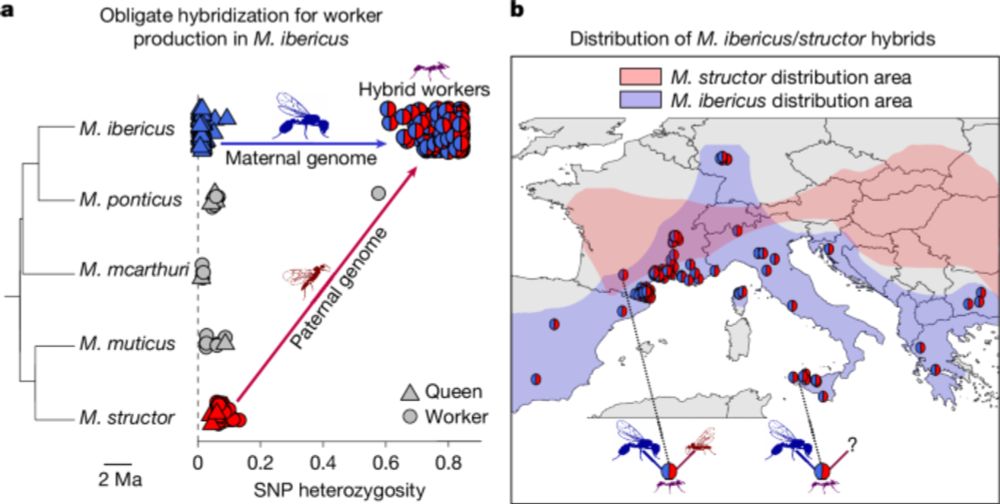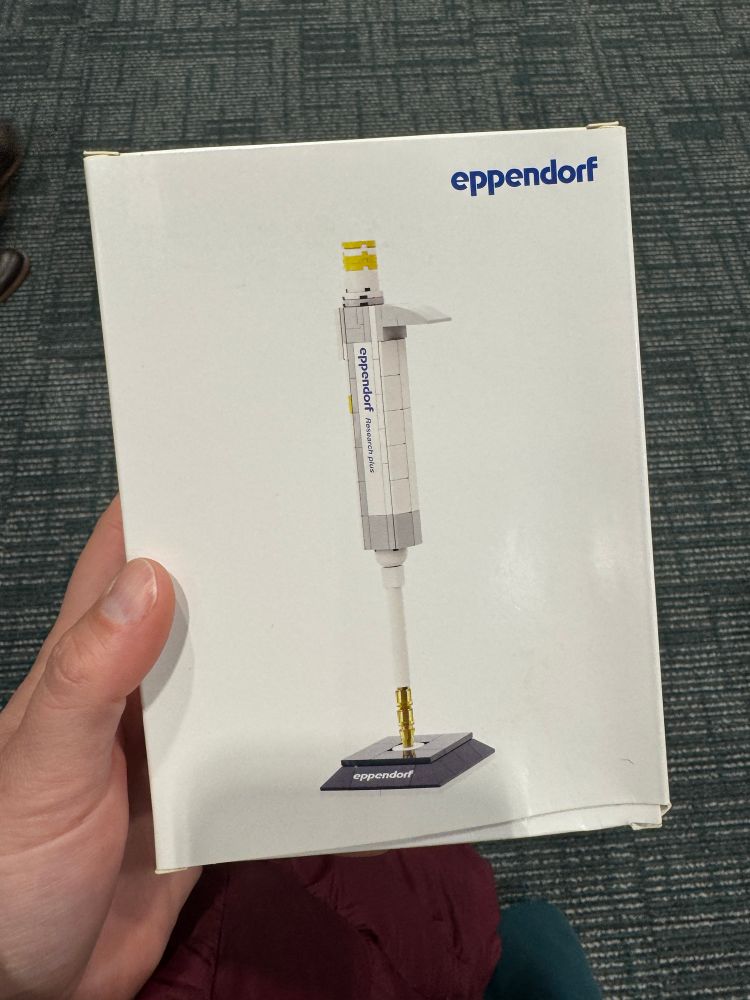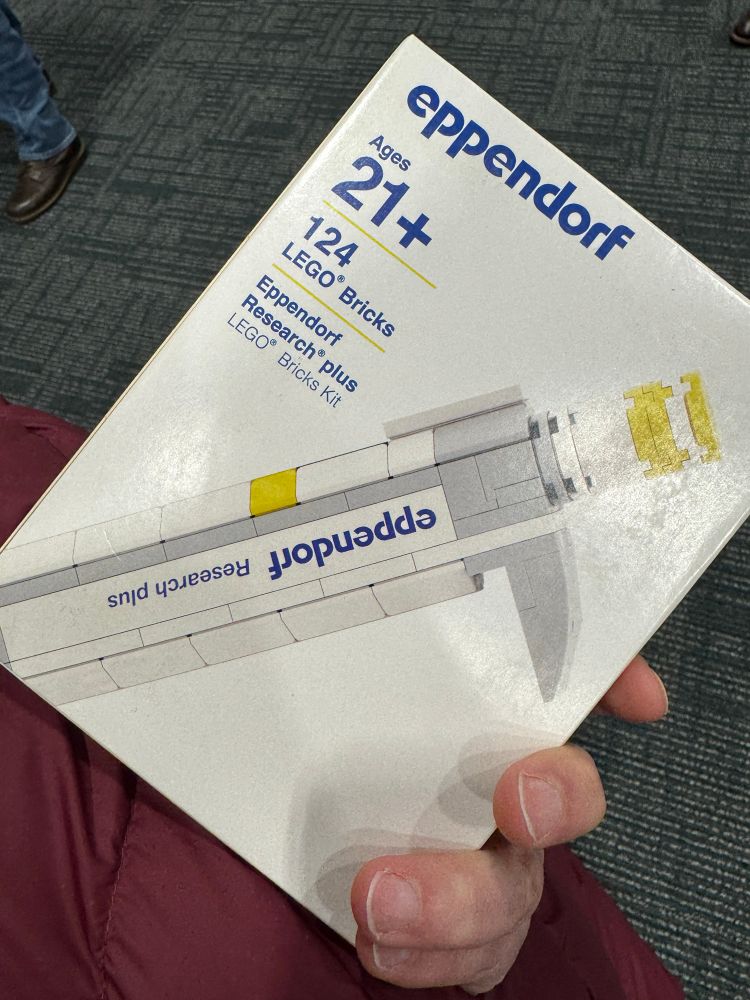K.D. Murray
@kdm9.bsky.social
290 followers
850 following
17 posts
A scientist, mostly
Naarm/Melbourne, AU & Tübingen, DE
Posts
Media
Videos
Starter Packs
Reposted by K.D. Murray
Reposted by K.D. Murray
Reposted by K.D. Murray
Reposted by K.D. Murray
Reposted by K.D. Murray
Reposted by K.D. Murray
Reposted by K.D. Murray
Esther
@elhopkins.bsky.social
· 28d

Kids are losing 'huge chunks' of their childhood to long COVID. Too many are being told it's 'all in their head'
They're losing their formative years to this debilitating disease. But for too many children with long COVID, finding help is a frustrating and traumatic process that leaves them feeling isolated and ...
www.abc.net.au
Reposted by K.D. Murray
K.D. Murray
@kdm9.bsky.social
· 28d
Reposted by K.D. Murray
Reposted by K.D. Murray
Reposted by K.D. Murray
Zamin Iqbal
@zaminiqbal.bsky.social
· Sep 4

One mother for two species via obligate cross-species cloning in ants - Nature
In a case of obligate cross-species cloning, female ants of Messor ibericus need to clone males of Messor structor to obtain sperm for producing the worker caste, resulting in males from the same moth...
www.nature.com
Reposted by K.D. Murray
Reposted by K.D. Murray
Reposted by K.D. Murray
naturepoker
@binomicalabs.org
· Aug 26
Reposted by K.D. Murray
Reposted by K.D. Murray
Reposted by K.D. Murray
K.D. Murray
@kdm9.bsky.social
· Aug 14
K.D. Murray
@kdm9.bsky.social
· Aug 14










![Comic. [Building with large sign in front of it[ SIGN: Welcome to the *Biology Department* It has been [changeable sign: 3] days since we discovered something existentially horrifying about bugs that makes you question your whole reality](https://cdn.bsky.app/img/feed_thumbnail/plain/did:plc:cz73r7iyiqn26upot4jtjdhk/bafkreigvmzverlrjgqp4mazbkhm43fpvv2hdbkd2t2646dhihozrwdcy24@jpeg)













